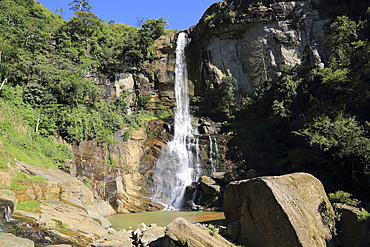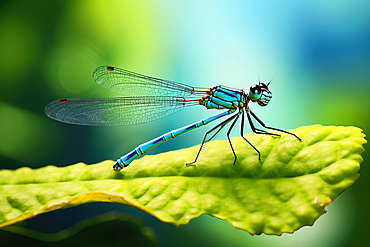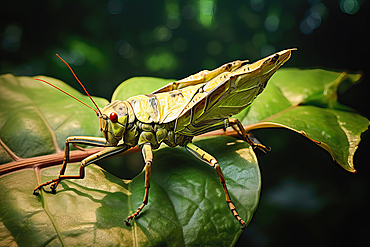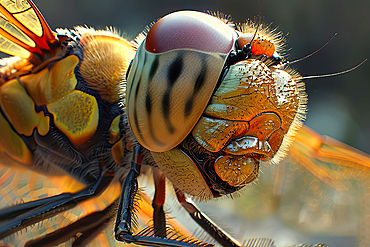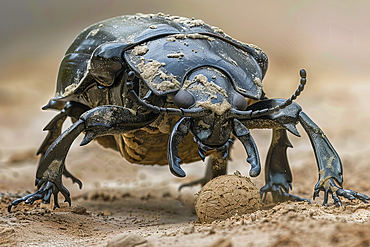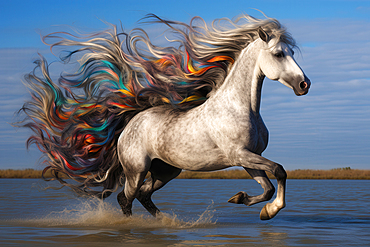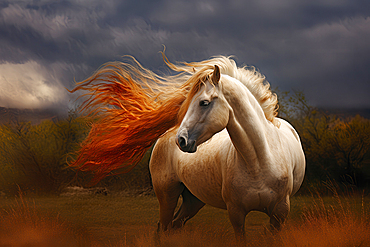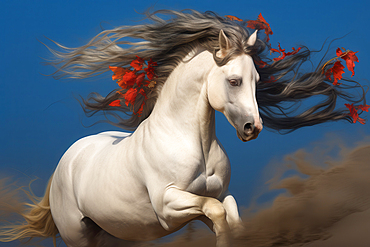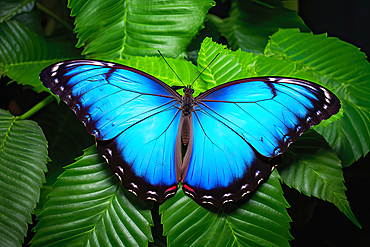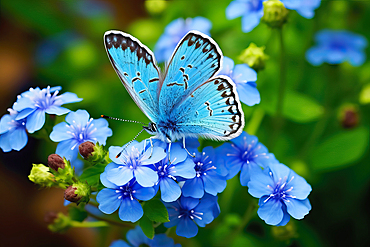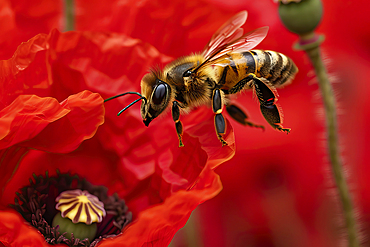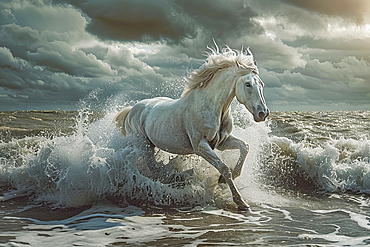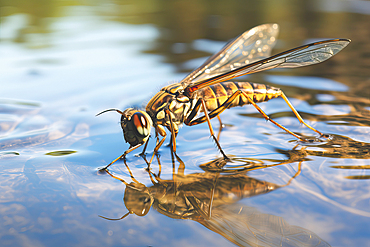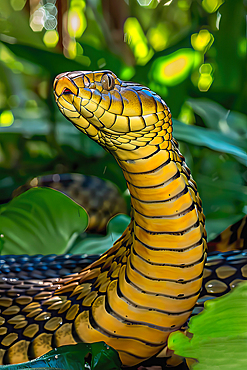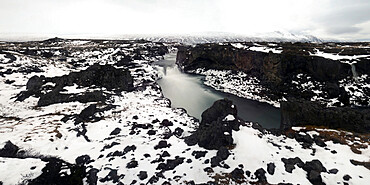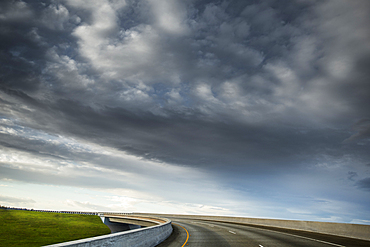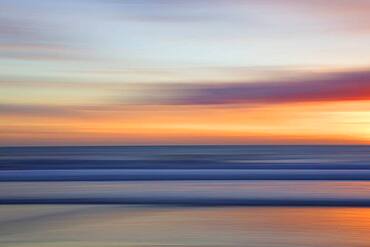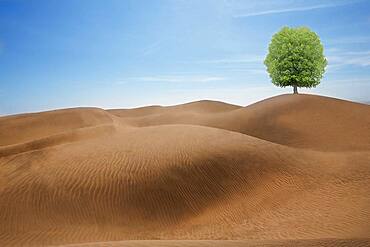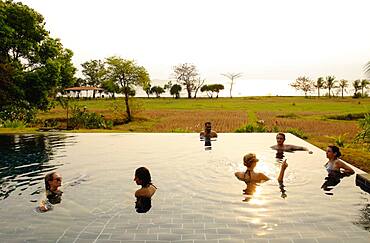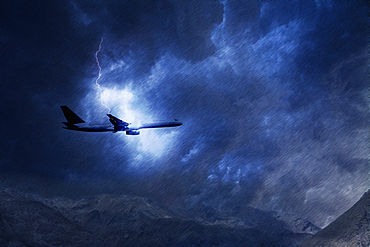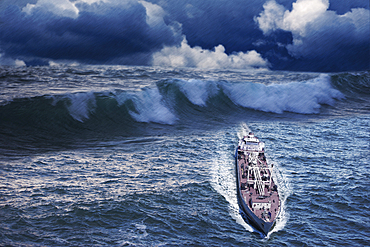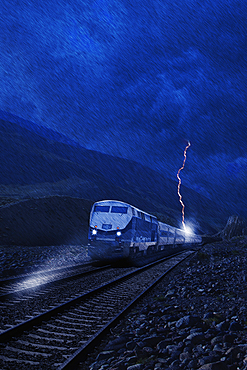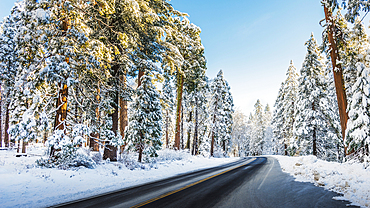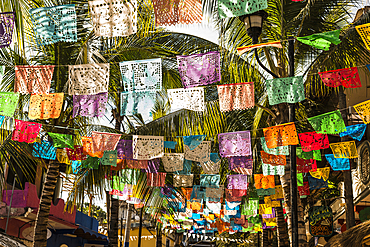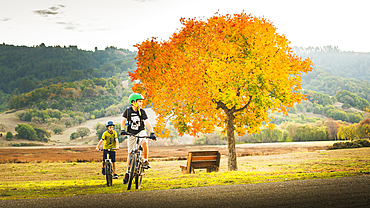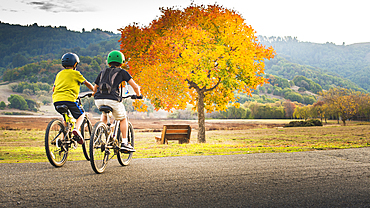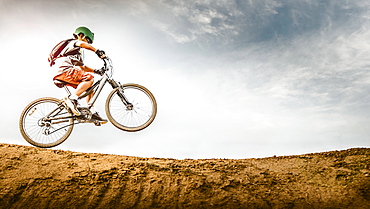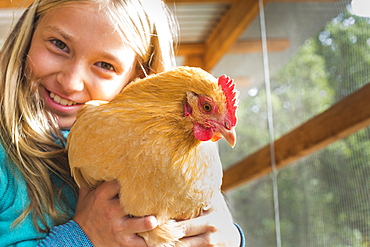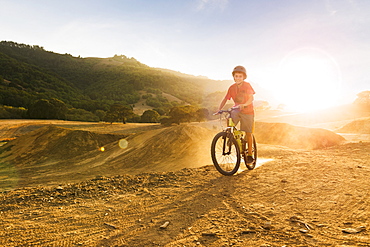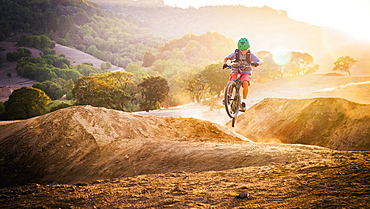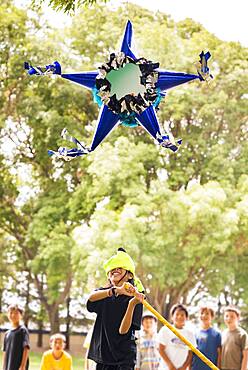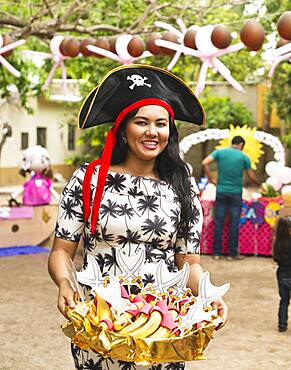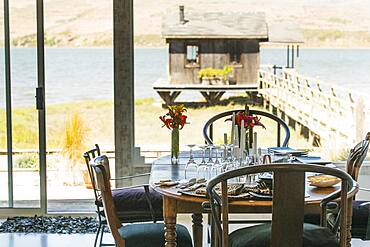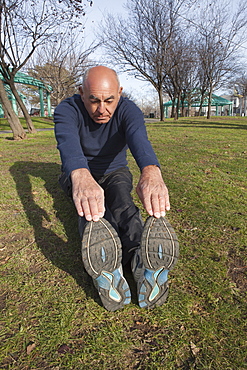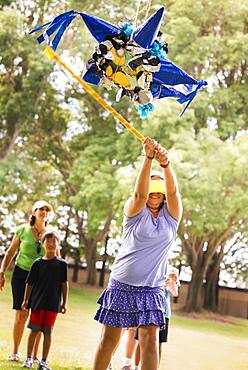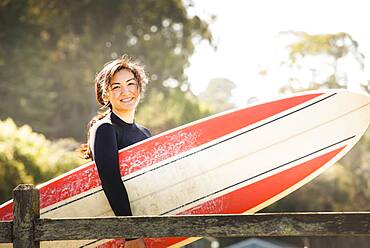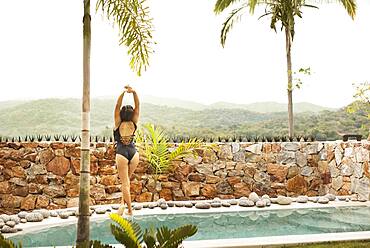Results
25 results found
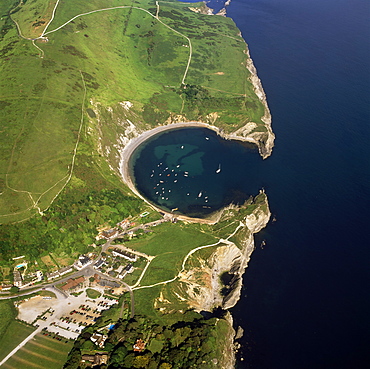
Aerial image of Lulworth Cove, a natural landform harbour, near West Lulworth, on the Jurassic Coast, UNESCO World Heritage Site, Dorset, England, United Kingdom, Europe
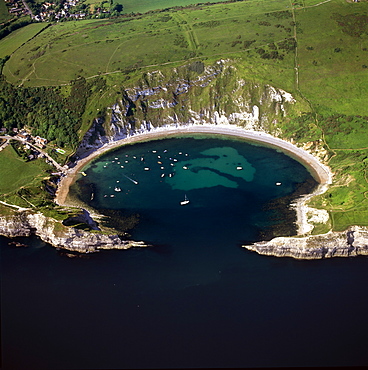
Aerial image of Lulworth Cove, a natural landform harbour, near West Lulworth, on the Jurassic Coast, UNESCO World Heritage Site, Dorset, England, United Kingdom, Europe
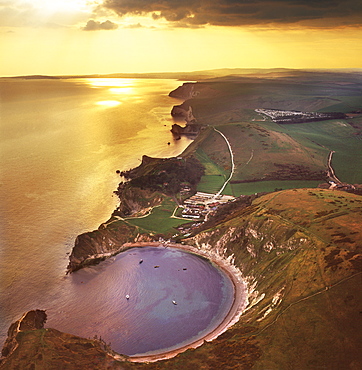
Aerial image of Lulworth Cove, a natural landform harbour, near West Lulworth, on the Jurassic Coast, UNESCO World Heritage Site, Dorset, England, United Kingdom, Europe
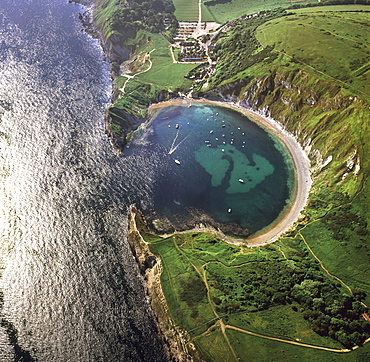
Aerial image of Lulworth Cove, a natural landform harbour, near West Lulworth, on the Jurassic Coast, UNESCO World Heritage Site, Dorset, England, United Kingdom, Europe
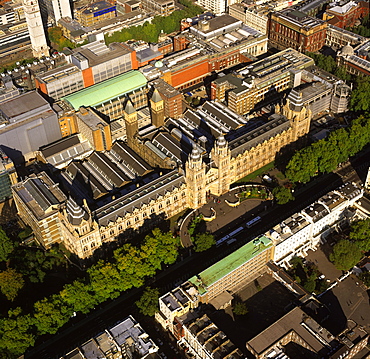
Aerial image of the Natural History Museum, Albertopolis, South Kensington, London, England, United Kingdom, Europe
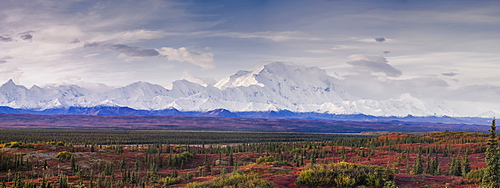
Panoramic landscape of the Denali Mountain (Mount McKinley), Denali National Park, Alaska, United States of america, North America
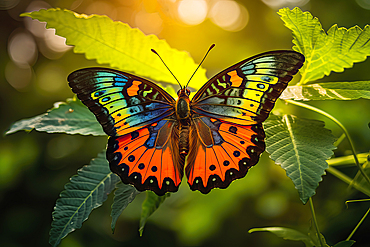
AI generated image of a stylized beautifully multicolored Madagascar sunset butterfly in natural leafy environment, Ecuador
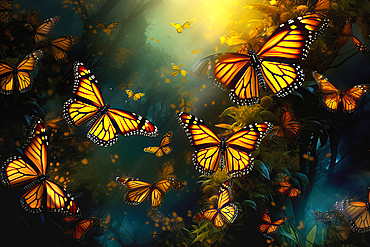
AI generated image of a big group of stylized yellow monarch butterflies flying in a natural forest environment, Ecuador
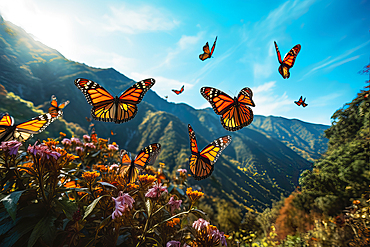
AI generated image of a big group of stylized yellow monarch butterflies flying in a natural environment, Ecuador
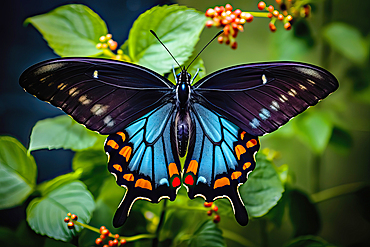
AI generated image of a beautiful stylized blue pipevine swallowtail butterfly in natural leafy environment, Ecuador
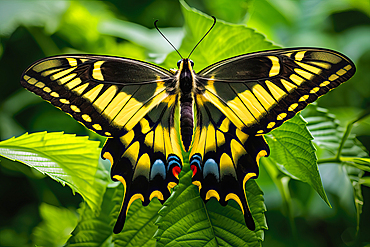
AI generated image of a beautiful stylized swallowtail butterfly in natural leafy environment, Ecuador

AI generated image of a Pyramids in the desert, Symbol of the life after death and embodying the union of earth and heaven
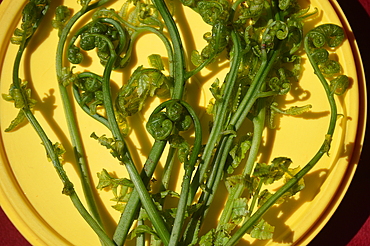
Image of athyrium esculentum (Fiddleheads fern) (lingri) (lungdu) (kasrod) (limbra), vegetable fern used to make pickle, Mandi, India, Asia
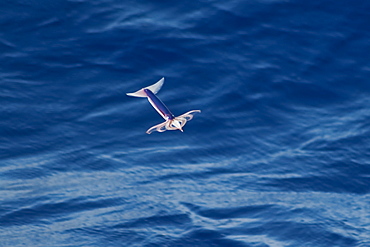
Flying Squid Species in mid-air (Ommastrephes bartramii). Extremely rare unusual image. South Atlantic Ocean. MORE INFO: Flying Squid use membranes between their tentacles (visible on pic) & two fins at the rear of the mantle to glide through the air in a similar way to flying fish. These unique adaptations allow them to avoid predation more easily. Ommastrephid squids are among the strongest swimmers in the Cephalopoda. A number of species are fished commercially. This particular species (Ommastrephes bartramii), is commonly known as "Neon Flying Squid" due to its colouration and its ability to glide over the ocean surface as seen in the photographs. Please note that this is a genuine image of a wild animal in its natural environment. It is not a digital manipulation.
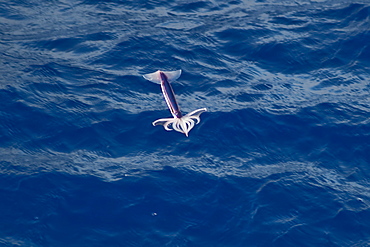
Flying Squid Species in mid-air (Ommastrephes bartramii). Extremely rare unusual image. South Atlantic Ocean. MORE INFO: Flying Squid use membranes between their tentacles (visible on pic) & two fins at the rear of the mantle to glide through the air in a similar way to flying fish. These unique adaptations allow them to avoid predation more easily. Ommastrephid squids are among the strongest swimmers in the Cephalopoda. A number of species are fished commercially. This particular species (Ommastrephes bartramii), is commonly known as "Neon Flying Squid" due to its colouration and its ability to glide over the ocean surface as seen in the photographs. Please note that this is a genuine image of a wild animal in its natural environment. It is not a digital manipulation.
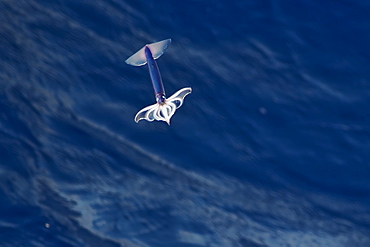
Flying Squid Species in mid-air (Ommastrephes bartramii). Extremely rare unusual image. South Atlantic Ocean. MORE INFO: Flying Squid use membranes between their tentacles (visible on pic) & two fins at the rear of the mantle to glide through the air in a similar way to flying fish. These unique adaptations allow them to avoid predation more easily. Ommastrephid squids are among the strongest swimmers in the Cephalopoda. A number of species are fished commercially. This particular species (Ommastrephes bartramii), is commonly known as "Neon Flying Squid" due to its colouration and its ability to glide over the ocean surface as seen in the photographs. Please note that this is a genuine image of a wild animal in its natural environment. It is not a digital manipulation.
